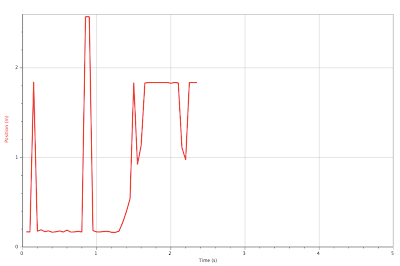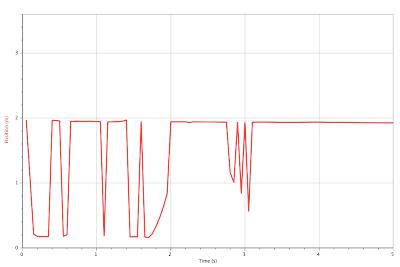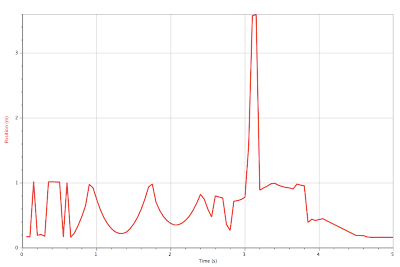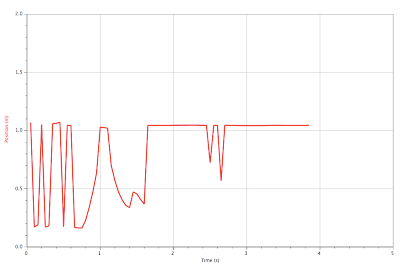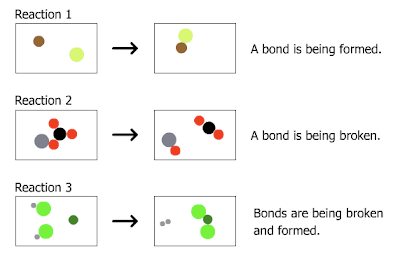Problem: How can we make a polymer?
Hypothesis: We can make a polymer by stringing together monomers.
Materials:
A. 12mL Sodium Silicate Solution
B. 3mL Ethyl alcohol
C. 2 small beakers
D. 1 Stirring Rod
E. 1 roll paper towels
Observations:
When the alcohol was added to the Sodium silicate, the solution almost instantly turned into a crystalline, type of plastic, though it was still a crumbly substance. This solid was not easily formed like the plastic substance of Tuesdays lab. When we tried to form it, it was too dry, and we had to moisten it with about a teaspoon of water. After that, we formed it quite easily. At room temperature, the ball bounced almost 20 centimeters, and at a cooler temperature, it bounced about six centimeters. My hypothesis worked because I was able to make a polymer by stringing together monomers.
Question and answers:
1. What characteristics are similar, and what characteristics are different between your two types of polymers you have made?
There are many differences. The first one I can think of is that the one from today bounced higher than the one from Tuesday. Another one is that the one from Tuesday was bigger, was stretchier, and was whiter.
2. Most commercial polymers are carbon based. What similar properties do carbon and silicon share that may contribute to their abilities to become a polymer?
Silicon and Carbon are made of the same chemicals, and are atomically similar, meaning they have the same atomic structure.
3. Plastics are made of organic polymers. What similar properties does the silicone polymer share with the plastics?
The plastics are made of the silicone polymer.
4. How did you know that a chemical reaction occurred when the two liquids were mixed?
A chemical reaction creates a change in the state of matter. The matter changed from a liquid to a solid.
5. How could you find out what liquid was pressed out of the mass of crumbled solid as you formed the ball?
You could repeat the test in a way that would allow you to detect what liquid is emitted from the ball.
6. Compare your ball with those of the other members of the class. How many differences can you see? List them.
The other balls were bigger, and more spherically shaped. Ours was small, with many flat surfaces. Ours bounced higher, probably because the matter was packed tighter and was more dense.
